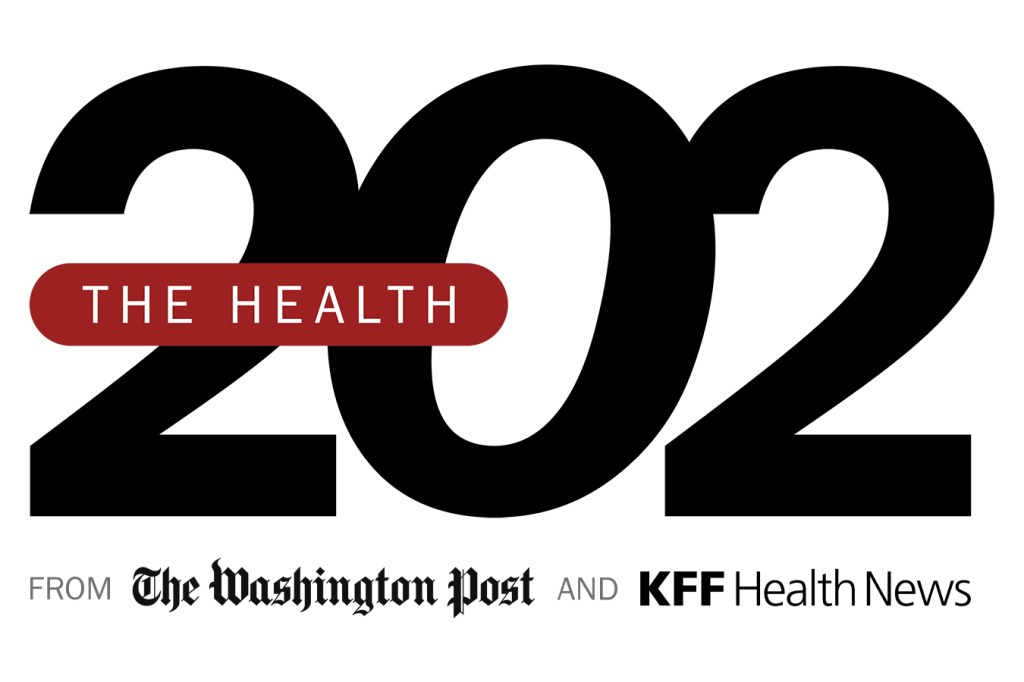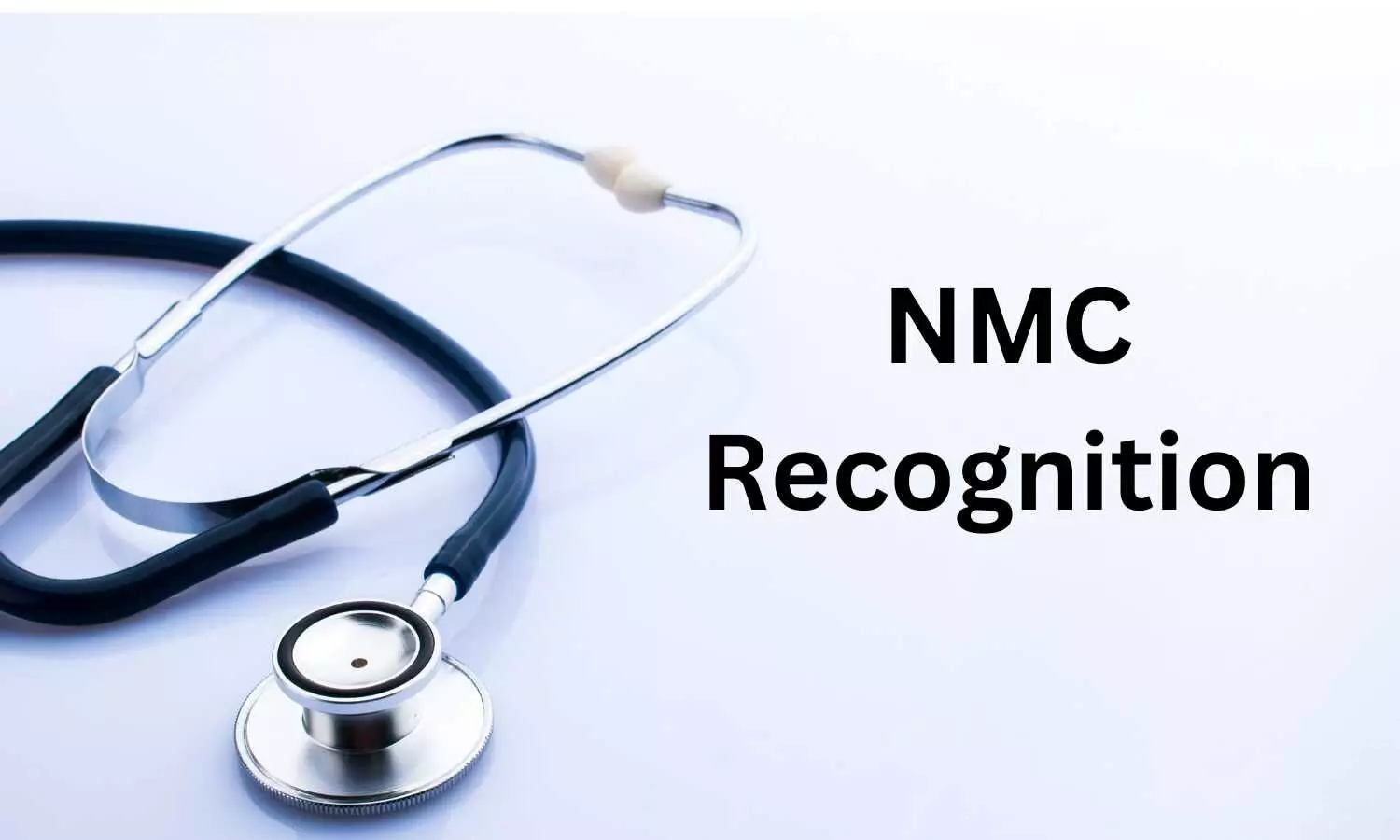Temporary closure of St George’s Health Centre
1 year 9 months ago
Health, Notice, PRESS RELEASE, clinic, gis, melville street, refurbish, st george’s health centre
STAT+: Former MIT biologist, who lost positions after engaging in a prohibited sexual relationship, accepts new science position in Prague
1 year 9 months ago
In the Lab, ethics, Research, scientists
What One Expectant Mom’s Effort To Get an RSV Shot Says About Health Policy
1 year 9 months ago
Health Industry, Public Health, Children's Health, The Health 202, vaccines
FDA approves first vaccine against chikungunya virus - WTOP
- FDA approves first vaccine against chikungunya virus WTOP
- MedWatch: FDA approves first vaccine for mosquito-borne disease — and more WGN TV Chicago
- Vaccine against chikungunya approved in the United States Dominican Today
- Chikungunya vaccine: World's first jab for dengue-like virus is approved The Telegraph
- First vaccine to prevent disease caused by chikungunya virus approved India Today
- View Full Coverage on Google News
1 year 9 months ago
Health Archives - Barbados Today
Call for better communication between health-care providers
1 year 9 months ago
A Slider, Health, Local News
First vaccine for chikungunya virus, an 'emerging global health threat,' gets FDA approval
1 year 9 months ago
Health, vaccines, infectious-disease, viruses, lifestyle, insects, medications
Medical News, Health News Latest, Medical News Today - Medical Dialogues |
Inadequate infrastructure: GMC Badaun likely to Lose NMC Recognition
1 year 9 months ago
State News,News,Health news,Uttar Pradesh,NMC News,Medical Education,Medical Colleges News,Top Medical Education News,Latest Education News
Puerto Rico declares flu epidemic, with more than 900 hospitalizations and dozens of deaths reported - CNN
- Puerto Rico declares flu epidemic, with more than 900 hospitalizations and dozens of deaths reported CNN
- Puerto Rico declares flu epidemic as cases spike. 42 dead and more than 900 hospitalized since July Yahoo News
- Puerto Rico declares flu epidemic: 42 dead, over 900 hospitalized WKBW 7 News Buffalo
- Puerto Rico declares flu epidemic with 42 deaths, over 900 hospitalizations CBS News
- Puerto Rico declares a flu epidemic, 42 deaths, over 900 hospitalized NBC News
- View Full Coverage on Google News
1 year 9 months ago
Medical News, Health News Latest, Medical News Today - Medical Dialogues |
Sensors in smart devices can detect alcohol intoxication by analyzing voice patterns
1 year 9 months ago
Psychiatry,Psychiatry News,Top Medical News,Latest Medical News








